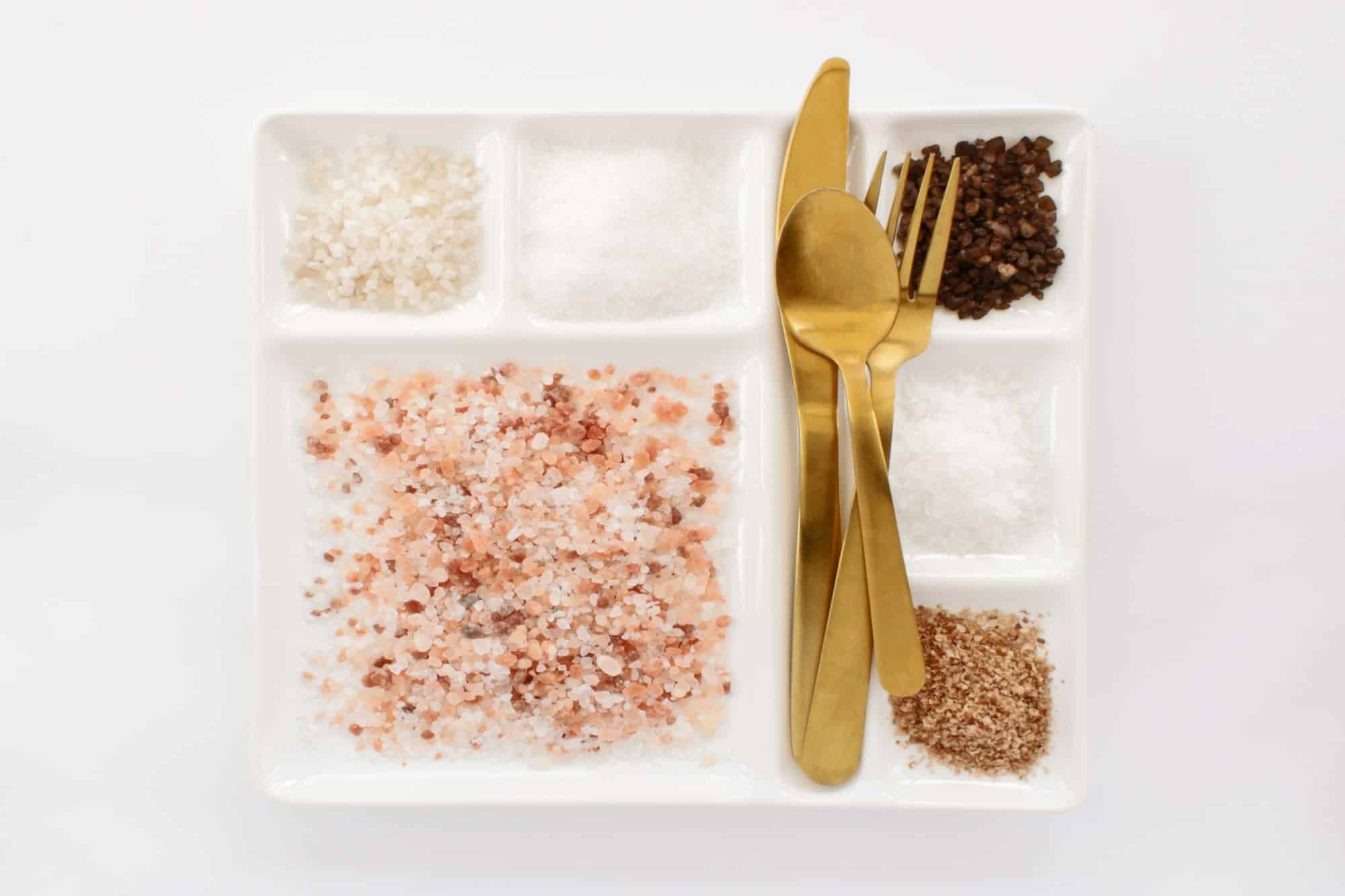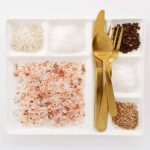Many of you are likely aware of the health risks associated with consuming excess sodium. High sodium intake can lead to hypertension, heart disease, and other serious health issues. However, limiting sodium consumption doesn’t mean you have to forego flavor. There are many strategies you can use to reduce your sodium intake while still enjoying tasty, satisfying meals. In this comprehensive guide, we will explore some effective strategies that can help you strike the perfect balance between good health and great taste.
Using Herbs and Spices
Many people believe that salt is the only way to add flavor to their food. This is a common misconception. In reality, herbs and spices can provide a wealth of flavor without increasing your sodium intake.
Also to read : What Are the Best Exercises for Preserving Muscle Mass in Seniors?
Consider using fresh herbs like basil, thyme, and rosemary in your cooking. They are full of flavor and can often replace the need for added salt. Spices like cumin, turmeric, and paprika can also add a lot of depth and complexity to your dishes.
You can also explore various spice blends available in the market. Many of them, like Italian seasoning or a Moroccan spice blend, are packed with flavor and are typically low in sodium.
This might interest you : How Can Cognitive Stimulation Therapy Benefit Alzheimer’s Patients?
Moreover, you can enhance the taste of your meals by using vinegar, citrus juices, or flavored oils. They add a tangy, fresh element to your food, and an aromatic oil can make a huge difference in enhancing the flavors.
Remember that when it comes to using herbs and spices, less is more. Adding too much can overpower the dish. Experiment with different combinations until you find what suits your palate best.
Cooking from Scratch
Another effective strategy for reducing sodium intake is cooking from scratch. Packaged and processed foods are often high in sodium, even those that don’t taste particularly salty. By preparing meals at home, you have complete control over the ingredients that go into your food.
When you start cooking from scratch, choose fresh, whole foods whenever possible. Fresh fruits, vegetables, lean meats, and whole grains are naturally low in sodium.
If you do need to use canned or packaged foods, look for low-sodium or no-salt-added versions. Many brands offer these options for canned beans, vegetables, broths, and more. Rinsing canned goods under running water can also help reduce their sodium content.
Pasta sauces, salad dressings, and other condiments can be significant sources of hidden sodium. Making your own versions at home allows you to control the sodium content without losing out on flavor.
Choosing Low-Sodium Products
While cooking from scratch is the best way to control sodium intake, it may not always be possible due to time constraints. In such cases, choosing low-sodium products can be a good alternative.
Many food companies are offering ‘reduced sodium’ or ‘no salt added’ variants of their products. These include canned vegetables, soups, broths, and sauces.
Look for products labeled ‘low-sodium,’ ‘reduced sodium,’ or ‘no salt added.’ Be sure to read the nutrition labels carefully, as ‘reduced sodium’ simply means the product has less sodium than the standard version, but it may still be high in sodium.
Also, be cautious with products marketed as ‘sea salt’ or ‘Himalayan pink salt.’ While they may offer trace minerals not found in table salt, they contain just as much sodium.
Adopting the DASH Diet
The Dietary Approaches to Stop Hypertension (DASH) diet is a dietary plan designed to lower blood pressure. However, it can also be an effective strategy for reducing sodium intake.
The DASH diet emphasizes fruits, vegetables, whole grains, and lean protein. It encourages limiting processed foods, which are often high in sodium. Additionally, it suggests cutting back on foods and drinks that contain high amounts of sugar.
Adopting the DASH diet does not mean you need to sacrifice flavor. The focus on fresh, whole foods allows for a variety of flavorful meals. Also, the guidelines encourage using herbs and spices to enhance taste without adding sodium.
Understanding Food Labels
Understanding the information on food labels can be an effective tool in managing your sodium intake. The percentage daily value (%DV) on the nutrition facts label indicates how much a nutrient in a serving of food contributes to a daily diet.
A good rule of thumb is to choose foods with a %DV of sodium 5% or less per serving. These are considered low in sodium. Avoid foods with a %DV of 20% or more, as they are high in sodium.
Keep in mind that ‘unsalted’ or ‘no salt added’ does not mean the product is sodium-free. It simply means no additional salt was added during processing. Some foods, like bread and cheese, naturally contain sodium, so always check the nutrition facts label.
In conclusion, reducing sodium intake without sacrificing flavor involves thoughtful food choices and preparation methods. By exploring the use of herbs and spices, cooking from scratch, choosing low-sodium products, adopting the DASH diet, and understanding food labels, you can enjoy a flavorful diet that benefits your health.
Reducing Sodium in Dining Out
While cooking at home can help you control your sodium intake, dining out can pose a challenge. But with some careful choices and requests, you can enjoy a meal out without excessively increasing your sodium intake.
When dining out, opt for grilled, roasted, or steamed dishes over fried or sautéed options. These methods typically use less salt. Additionally, be mindful of sauces and dressings as they can be high in sodium. Request for the sauce or dressing to be served on the side, so you can control the amount you consume.
Also, be cautious when ordering soups, as they can be quite high in sodium. Ask the server about the sodium content or opt for a salad instead. If you do order soup, pair it with a low-sodium meal.
When ordering a meal, don’t be shy about asking the chef to prepare your dish with less or no salt. Most restaurants are accommodating of these requests. You could also ask about low-sodium menu options or substitutions.
Portion control is another effective strategy when dining out. Restaurant portions are often larger than what you’d serve at home. Consider sharing a meal or taking half home for later. This can help to reduce your sodium intake, as well as your calorie intake.
Including More Potassium-Rich Foods
Potassium can help counteract the effects of sodium and may help to lower your blood pressure. Including more potassium-rich foods in your diet is another strategy to maintain a healthy balance.
Foods high in potassium include fruits and vegetables like bananas, oranges, potatoes, tomatoes, and spinach. Lean meats, whole grains, and low-fat dairy products also contain substantial amounts of potassium.
However, be sure not to overdo it. Too much of even a good thing can have negative effects. People with kidney problems, in particular, should avoid having too much potassium. Always check with your doctor or a dietitian if you’re considering making substantial changes to your diet.
Conclusion
While it may seem challenging initially, reducing sodium intake without sacrificing flavor is certainly achievable. By being mindful of your food choices, reading food labels carefully, cooking more at home, and being smart when dining out, you can greatly decrease your sodium intake. Including more potassium-rich foods can also help maintain a healthy sodium-potassium balance. These strategies, coupled with adopting a diet such as the DASH diet, can not only enhance the flavor of your meals but also contribute significantly to your overall health. So, go ahead and savor your food, knowing you’re making choices that are good for your palate and your heart.






